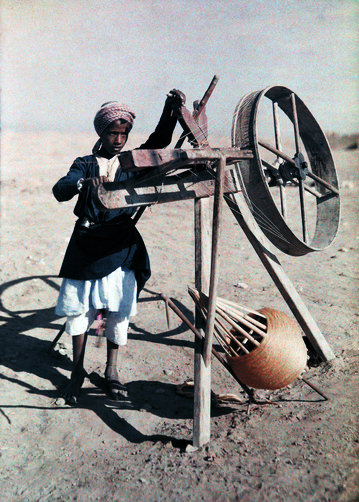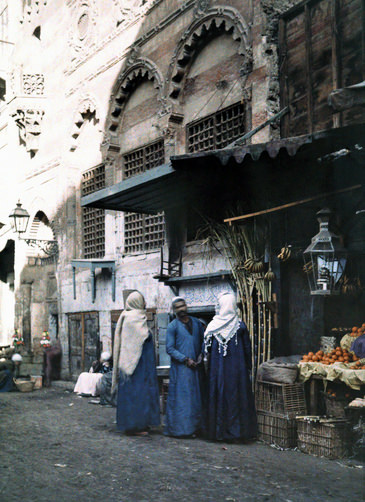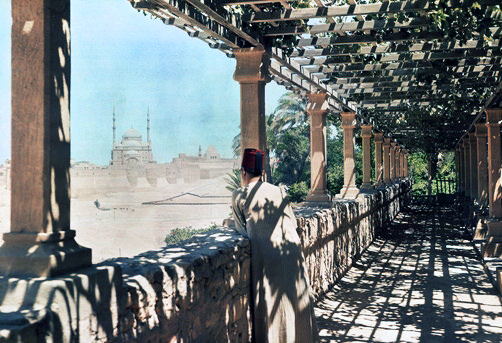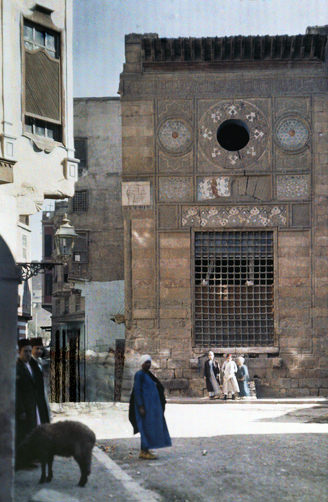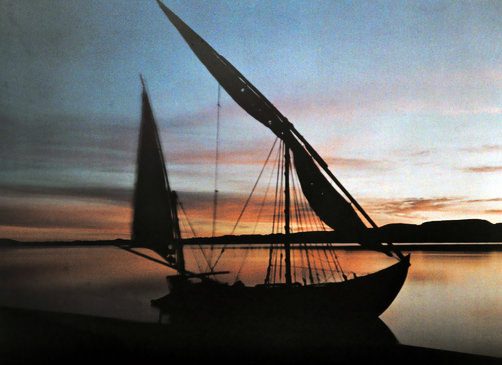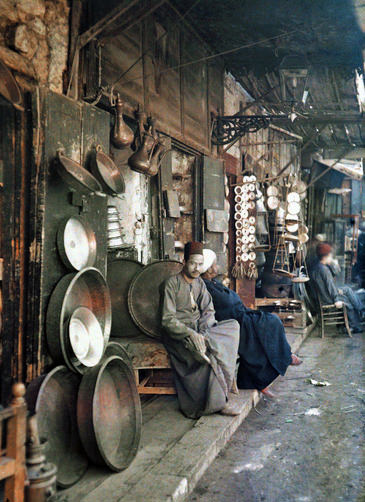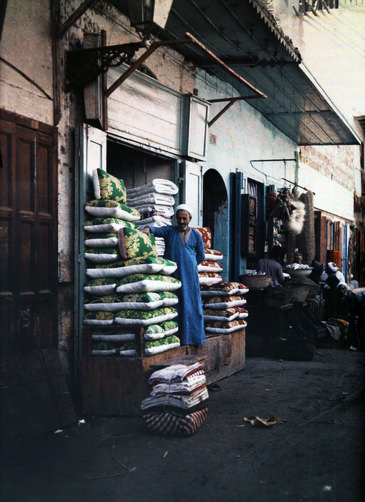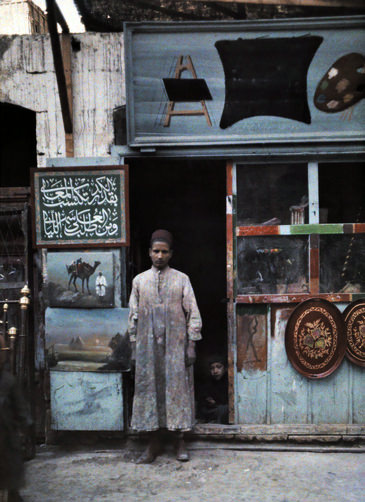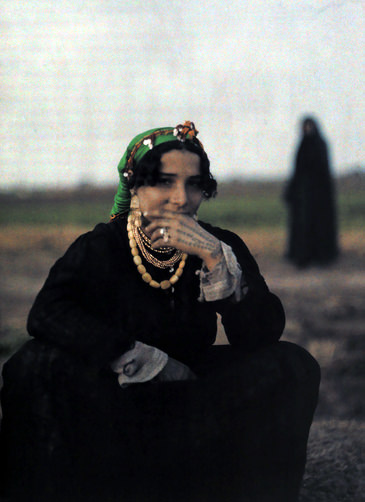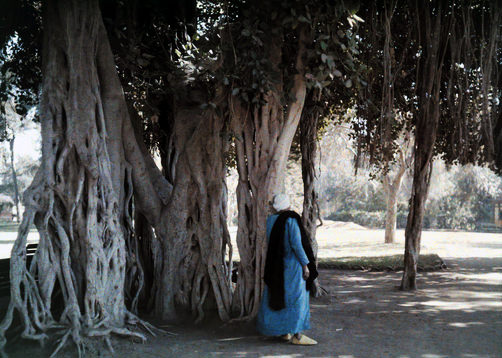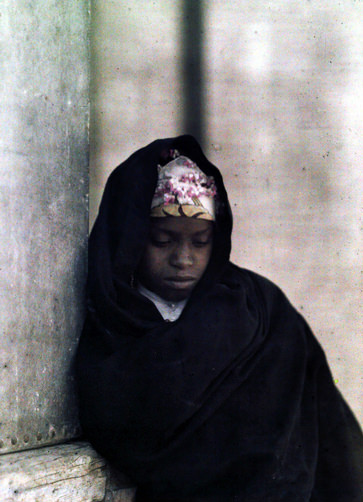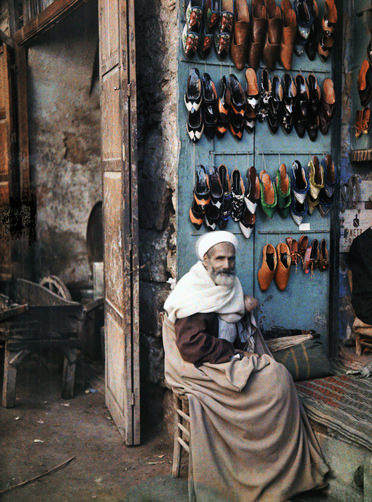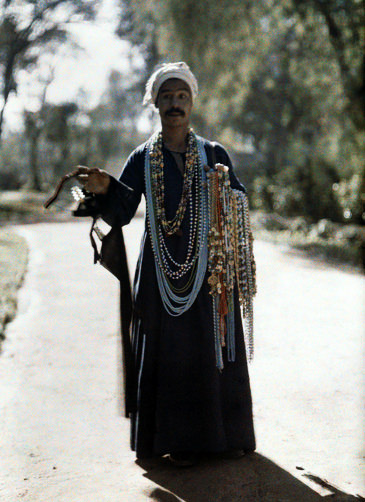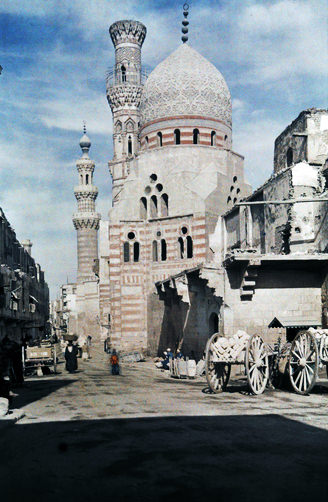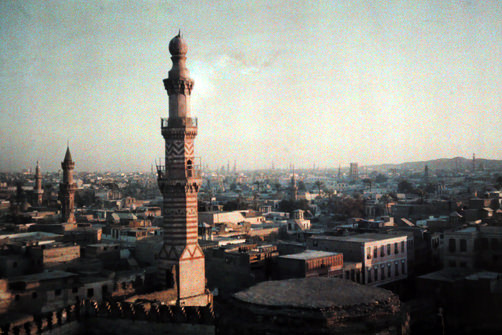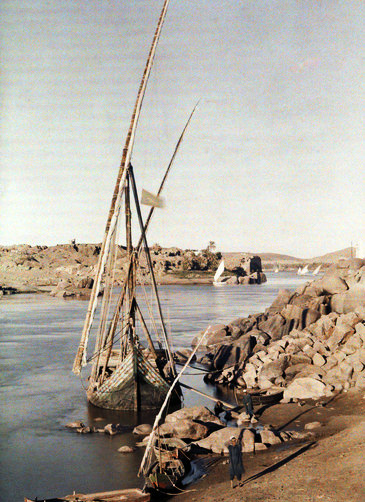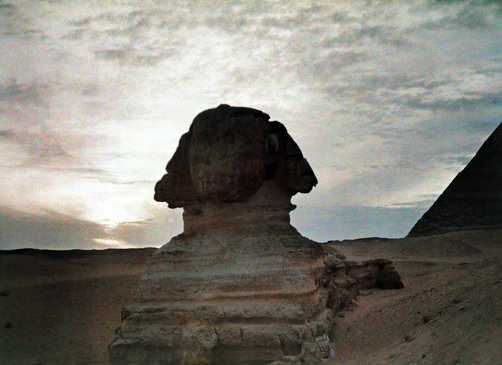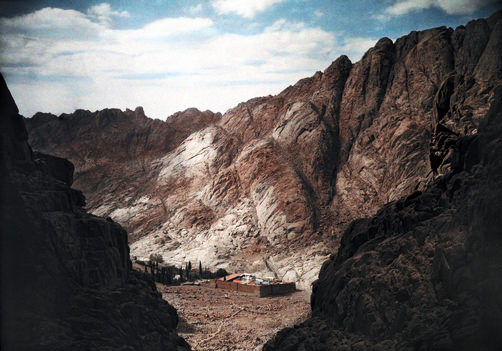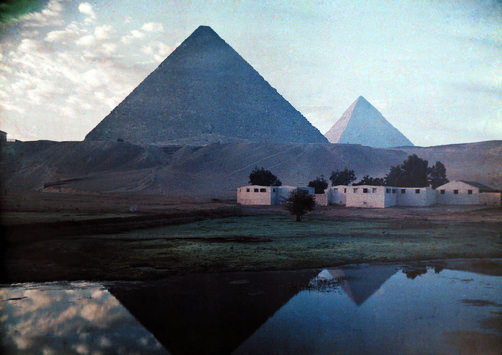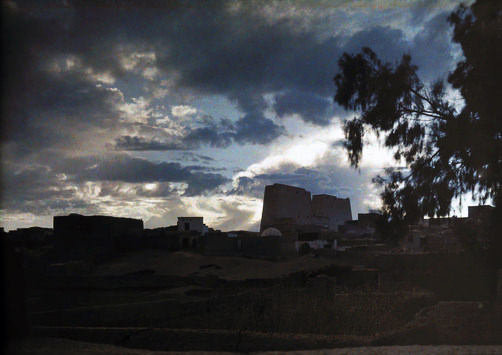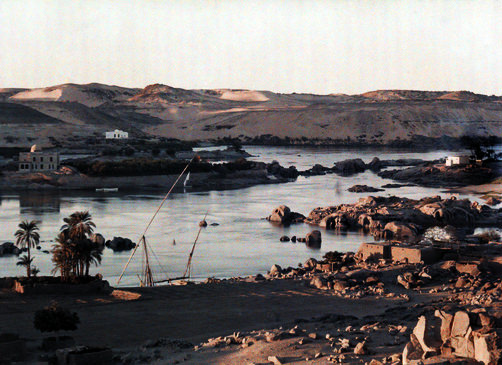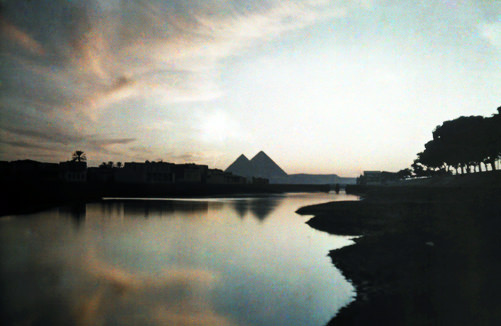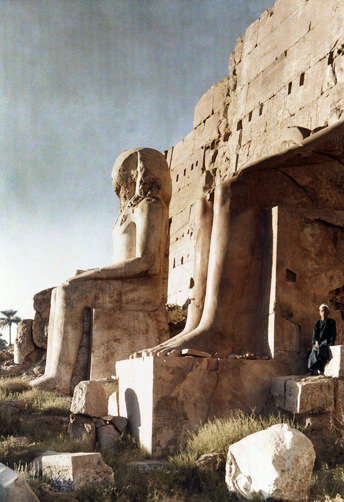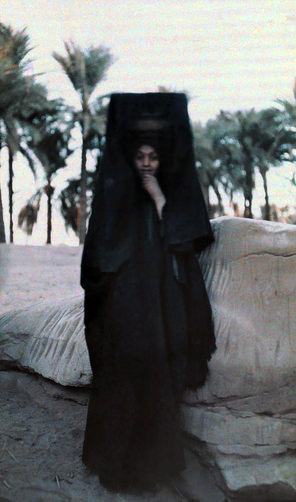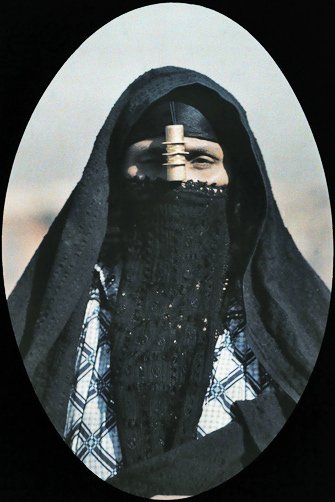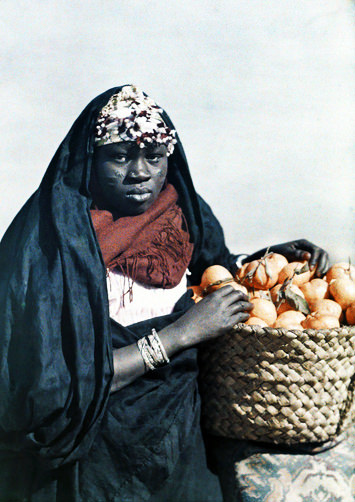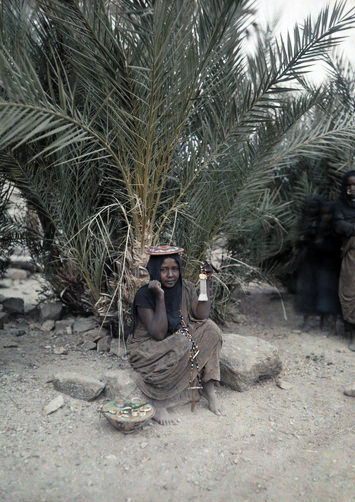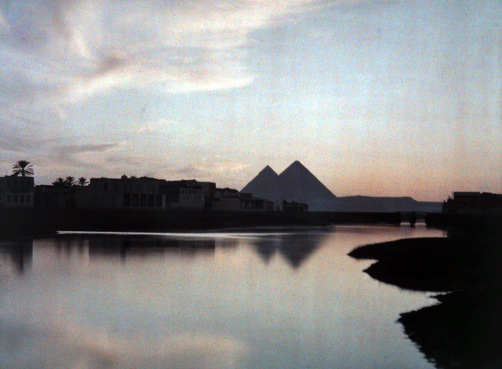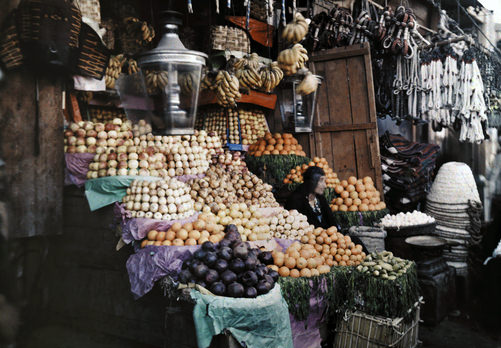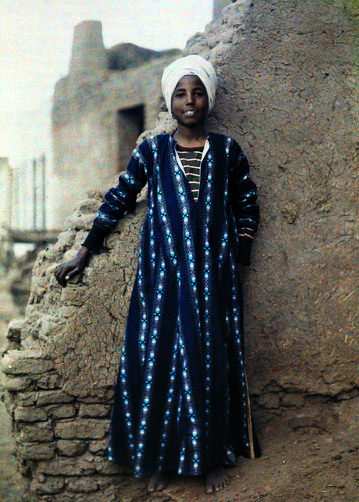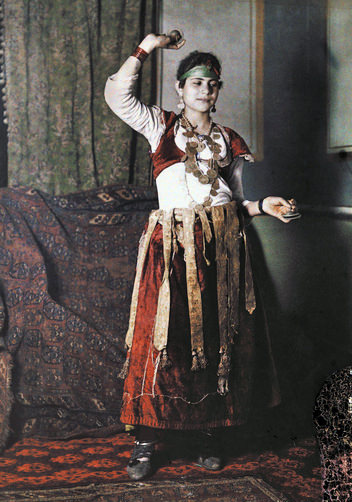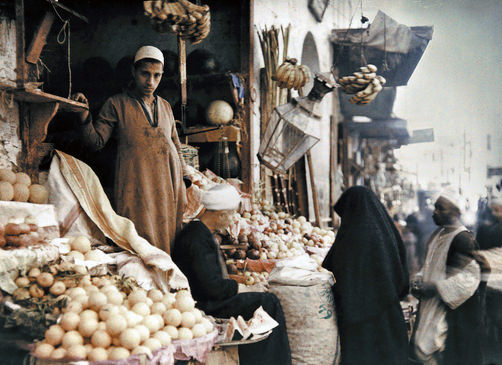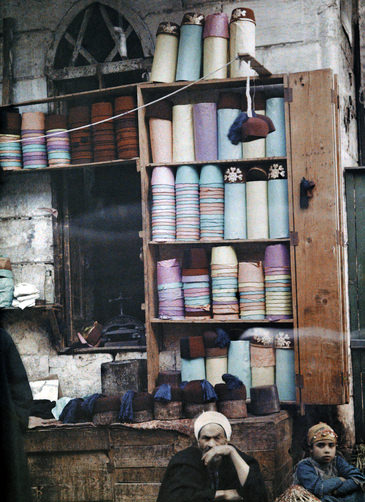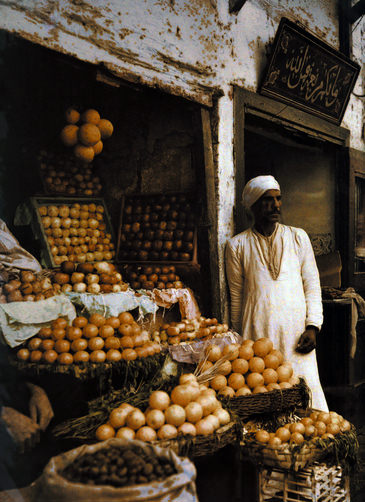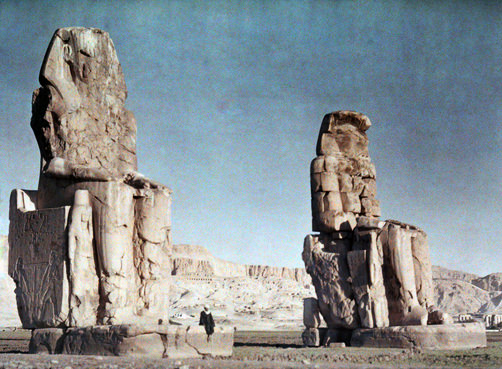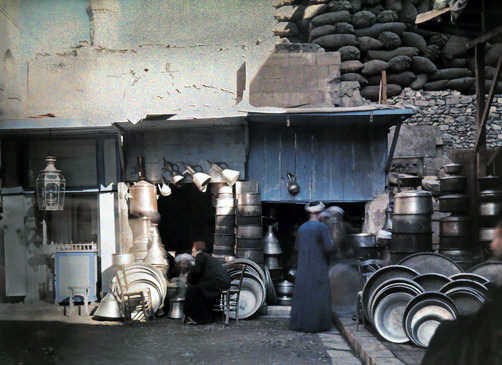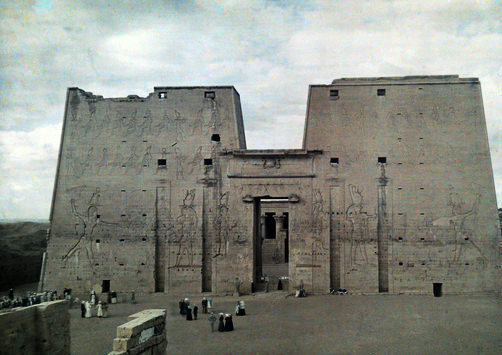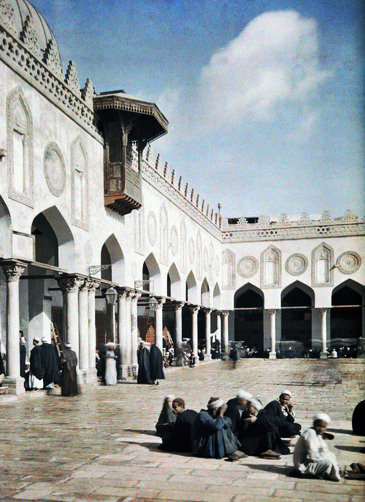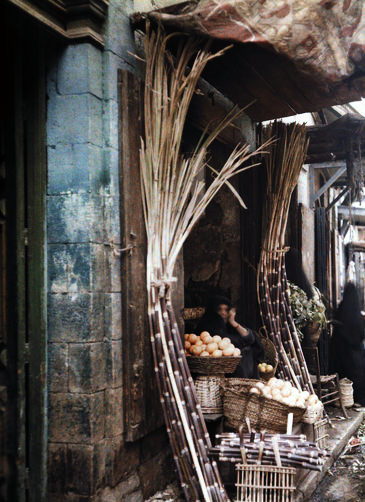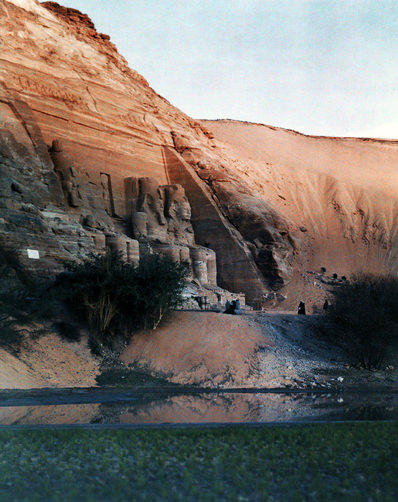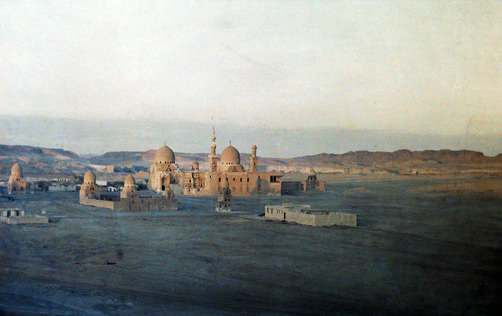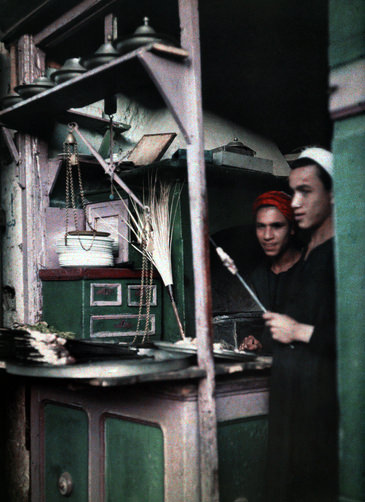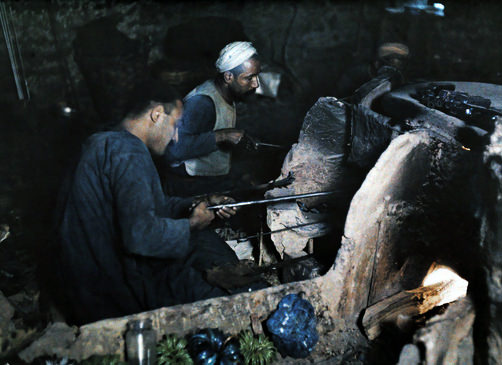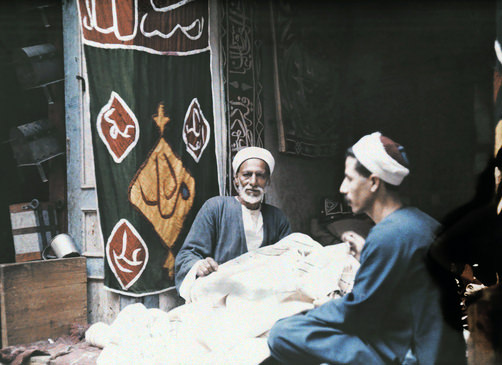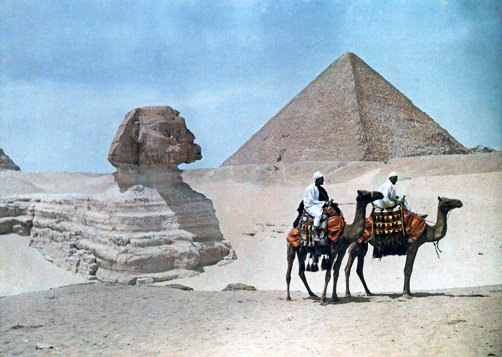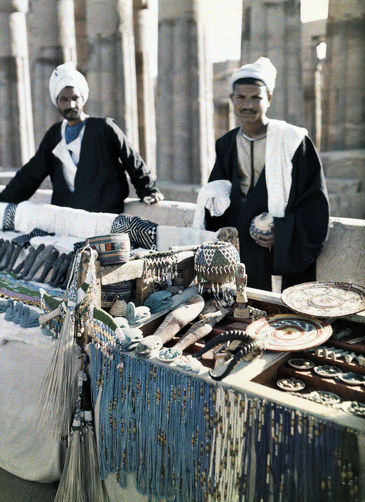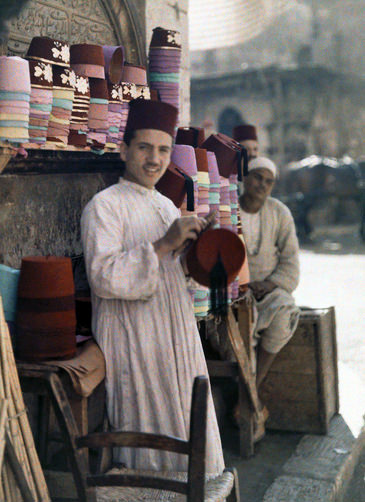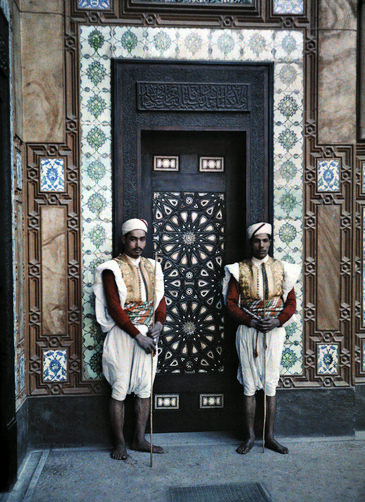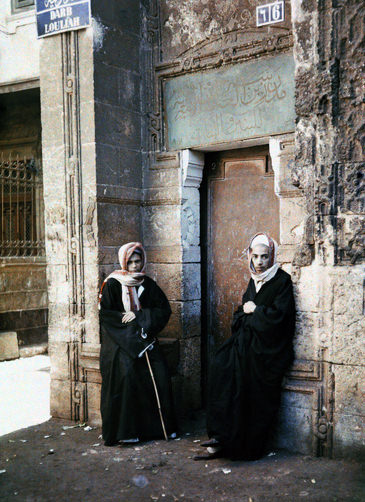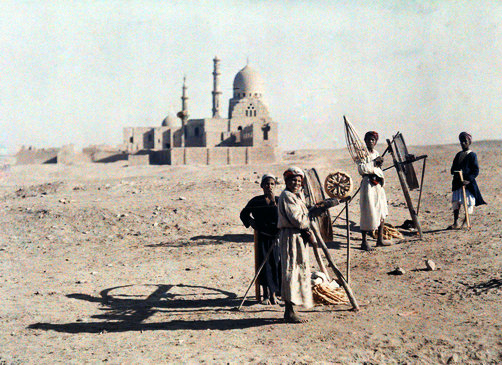During the 1920s, Gervais Courtellemont and W. Robert Moore for National Geographic captured these autochromes that depict everyday life in Egypt among women, men, merchants, and children.
During the 19th century, unassimilated foreigners, mainly Europeans, acquired a dominant position in finance, industry, and government in Egypt. The Greek community, Italians, British, and French were Egypt’s most prominent foreign communities during the 1920s. Cairo was transformed by the arrival of the Europeans in Egypt. Europeans took over the modern quarters of the city and built European shops and exclusive clubs. There were vast blocks of apartment buildings in the newly developed quarters of the city. During the 1910s, two new sections of Cairo were built: Maadi to the south, and Heliopolis, to the northeast. There were running water and electricity in these areas and a tramway connecting Heliopolis to central Cairo. In contrast, the older sections of the city were not modernized.
Egypt’s modern history has varied based on different definitions of modernity. The modern history of Egypt is generally attributed to Muhammad Ali’s rule in 1805, when he launched Egypt’s modernization program, which included building a new army and suggesting a revised map. Following Muhammad Ali’s military campaigns against the Ottoman Empire and his ability to enlist large armies, he could control both Egypt and parts of North Africa and the Middle East. After 1882, the Khedivate of Egypt was integrated into British spheres of influence in the region, which contradicted its status as a vassal state of the Ottoman Empire. Muhammad Ali’s dynasty ruled the country from 1922 until 1952, after it became a British protectorate in 1915.


